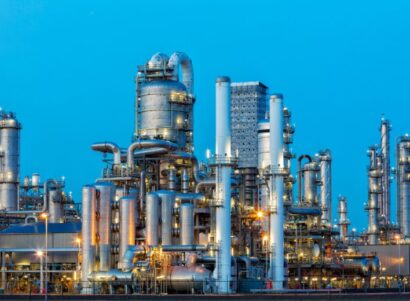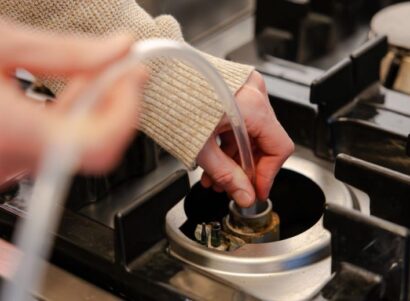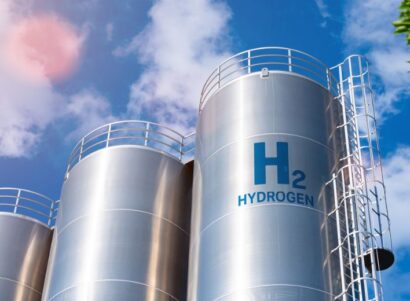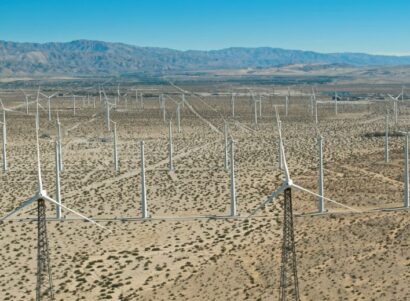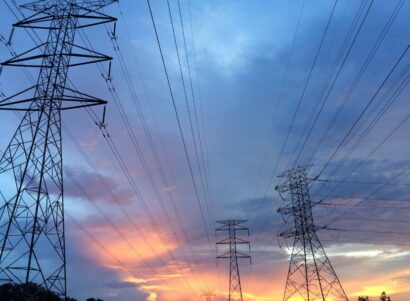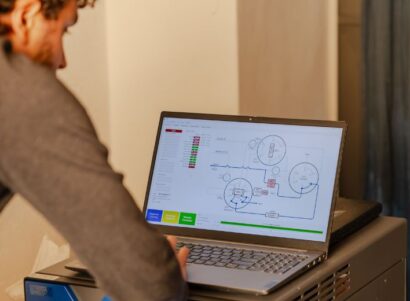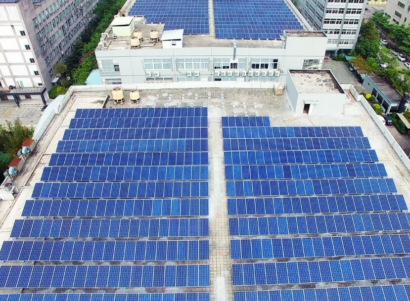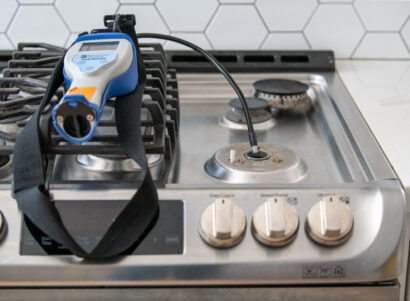More accurate pre- and post-drilling data will improve safety research
New technology continuously and accurately measures methane levels in water during groundwater sampling. The device is an important advance in ruling out sampling methodology as a source of variation in the testing process that helps determine whether methane gas has migrated from nearby oil and gas production wells to drinking-water wells, according to an article published May 1 in the online version of Environmental Engineering Science. The study, “A New Equilibrator Design for Rapid Detection of Methane in Groundwater During Purging,” was led by Colorado School of Mines and coauthored by PSE Healthy Energy and the U.S. Environmental Protection Agency (EPA).
Methane can occur naturally in aquifers in some geological settings, though not usually at levels considered dangerous. However, the gas poses an explosion hazard if it reaches high concentrations in drinking-water wells, so a growing body of recent research has sought to understand whether methane released from oil and gas drilling — which has been shown to enter aquifers — migrates to nearby drinking-water wells. Comparing water samples collected before and after oil and gas drilling takes places provides valuable data on gas migration, but the accuracy of existing methods varies. The new device improves existing technology.
“To protect public safety, it’s important to understand the impact of oil and gas drilling on methane levels in drinking-water wells. With portable technology that produces real-time data equal in quality to lab data, the new equilibrator design makes significant progress in this effort,” said Dominic DiGiulio, a PSE senior scientist and corresponding author of the study.
The device, a gas-water equilibrator, which uses equilibrium between gas and water to take a measurement, is comparable to fixed laboratory analysis. It measures methane during groundwater purging, a process that removes stagnant water from well casings to produce a sample more representative of conditions in groundwater.
Real-time monitoring also allows scientists to evaluate impacts and trends related to conditions in the wellbore of a drinking-water well that can affect sample results. It is necessary to understand these conditions to discern whether a change in methane concentration in a well is due to oil and gas activity or just natural temporal variability, the researchers say.
Researchers found data from the new portable equilibrator to be “in excellent agreement” with lab-based results. The high degree of accuracy produced by the new design addresses some shortcomings in current sample collection methods, paving the way for additional advances in stray-gas migration–related research.
The study was funded by the EPA.
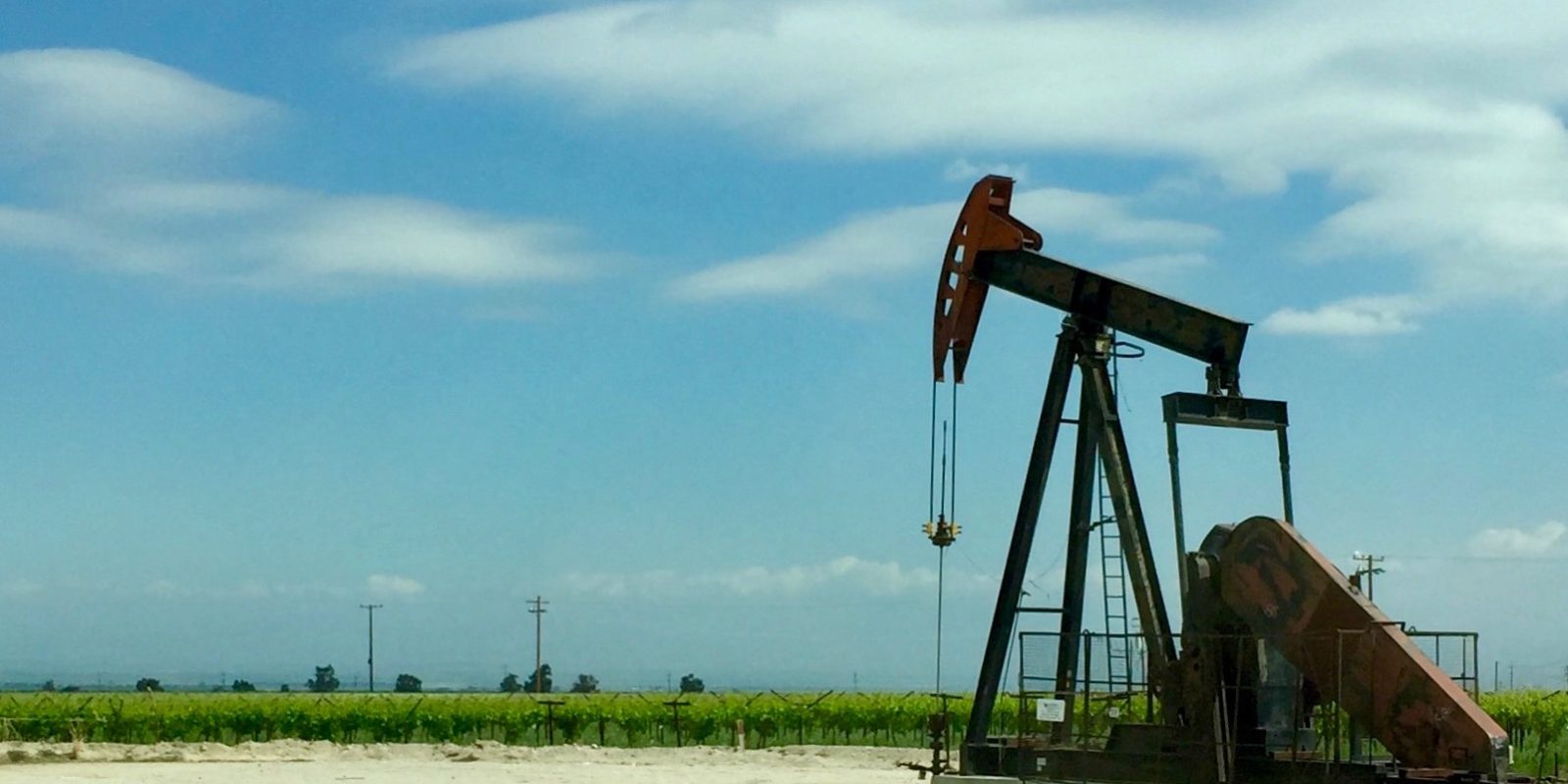

 Study (pay wall)
Study (pay wall)